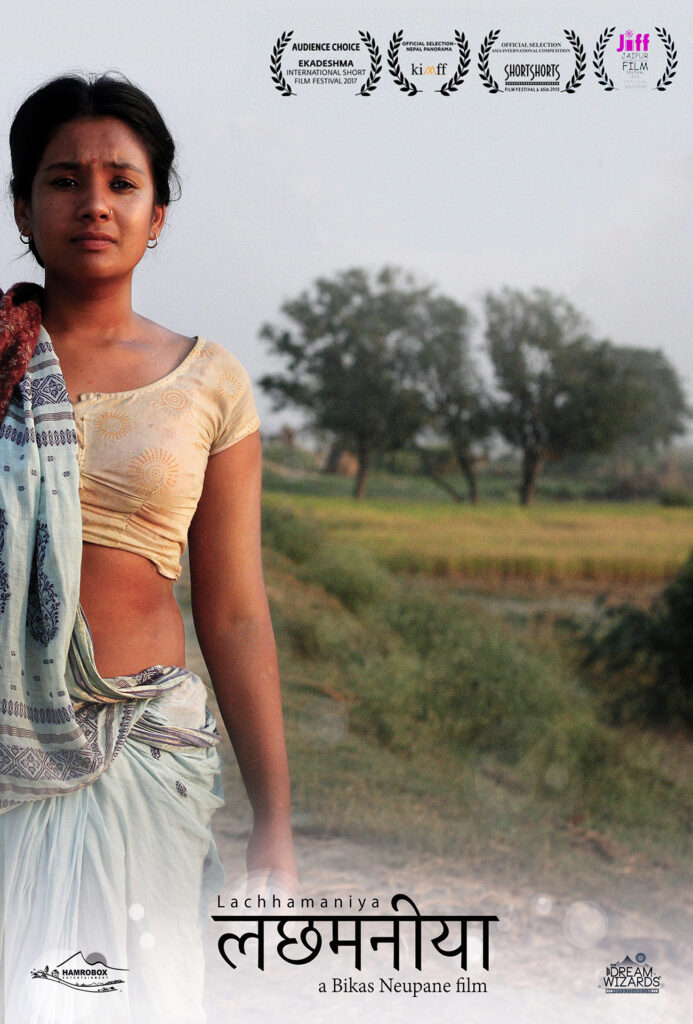
DIRECTOR’S STATEMENT
Born and raised in Nepalgunj, a booming city in the western terrain of Nepal, I have grown up in a diverse culture composed of people from different faiths and ethnicity. I have had an incredible opportunity to learn about various communities up-close. One such native ehtinicity of the area is the Awadhi community, around which the story of Lachhamaniya is set up.
I read this book ‘Lachhamaniya ko Gauna’ by the renowned author Sanat Regmi during my school days. The short film is inspired by that story and uses the story as a basis. The film is about a girl from the Awadhi community who, in spite of being married at the young age of five, still lives at her natal home at the age of twenty hoping for her husband to come and take her with him.
In most of the communities of Nepal, it is believed that a girl should not live in her natal home after marriage. Additionally, a girl is condemned by the society if not married by a certain age range. In the Awadhi community, it is a tradition to marry off children before the age of eight, afther which, the bride child lives at her natal home until physically matured. When the girl reaches her adolescence, the bridegroom comes and takes her to his home following the traditional rules and practices.
Those girls who are living with their parents, under various circumstances, past reaching their adolescence are looked down by the community. They are shamed and denounced by the members of the society. This film explores the psychologicla state of a girl who is facing social injustice while yearning to be with her husband.
Lachhamaniya is a representation of the many young women of the Awadhi community who are facing similar discrimination and injustice while living in their natal home hoping for their husbands to come and take them.